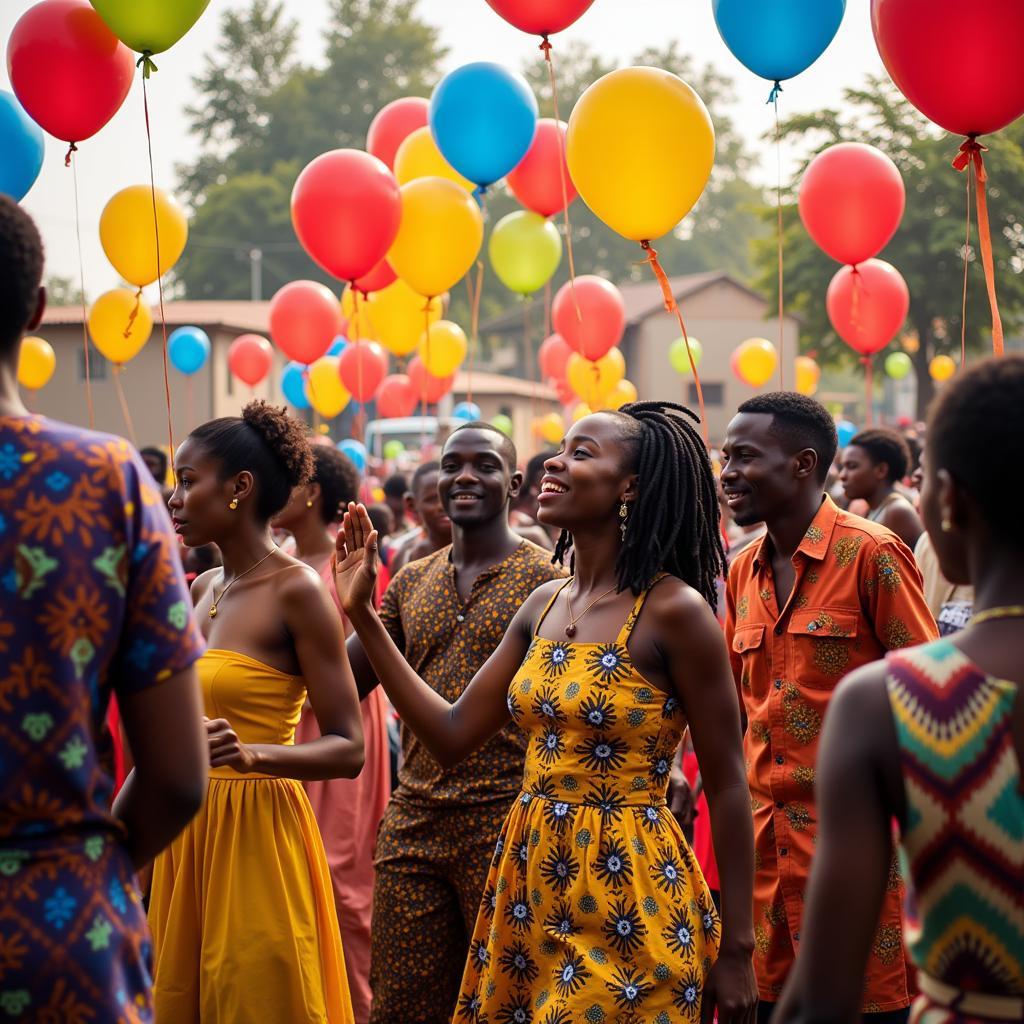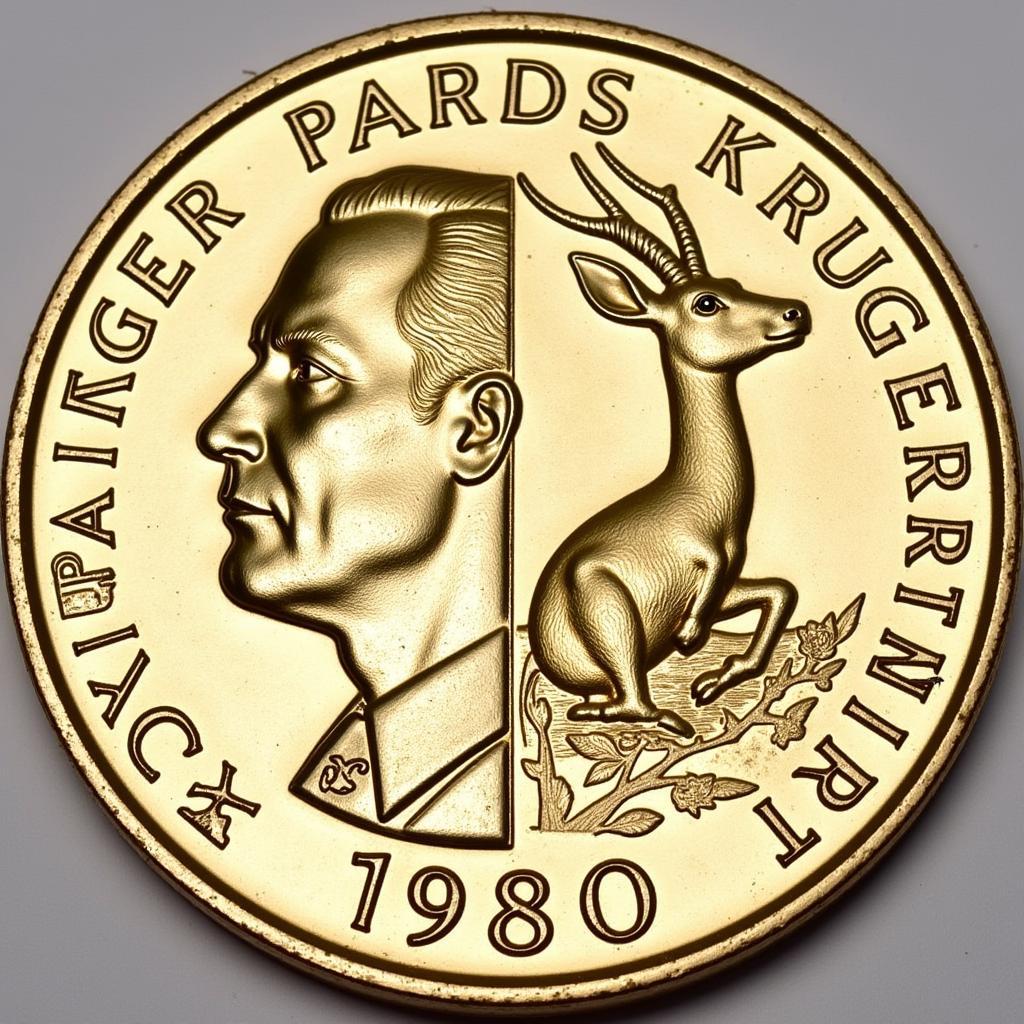Exploring the World of African Drawing Images
The art of drawing is a universal language that transcends borders and cultures. In Africa, this art form has a rich history and diverse expressions that reflect the continent’s vibrant heritage. African Drawing Images are captivating, showcasing the stories, beliefs, and traditions of its people. They offer a glimpse into the creativity and artistry that have shaped the continent’s visual culture for centuries. This article delves into the fascinating world of African drawing images, exploring their history, techniques, themes, and significance in contemporary art.
Tracing the Roots of African Drawing
African drawing images have deep roots in ancient traditions, often intertwined with religious beliefs, societal rituals, and daily life. In many cultures across the continent, drawing served as a form of communication, storytelling, and preservation of knowledge. For example, the intricate rock art found in Southern Africa dates back thousands of years, depicting scenes of hunting, animal life, and spiritual beliefs.
Ancient Cave Art and its Significance
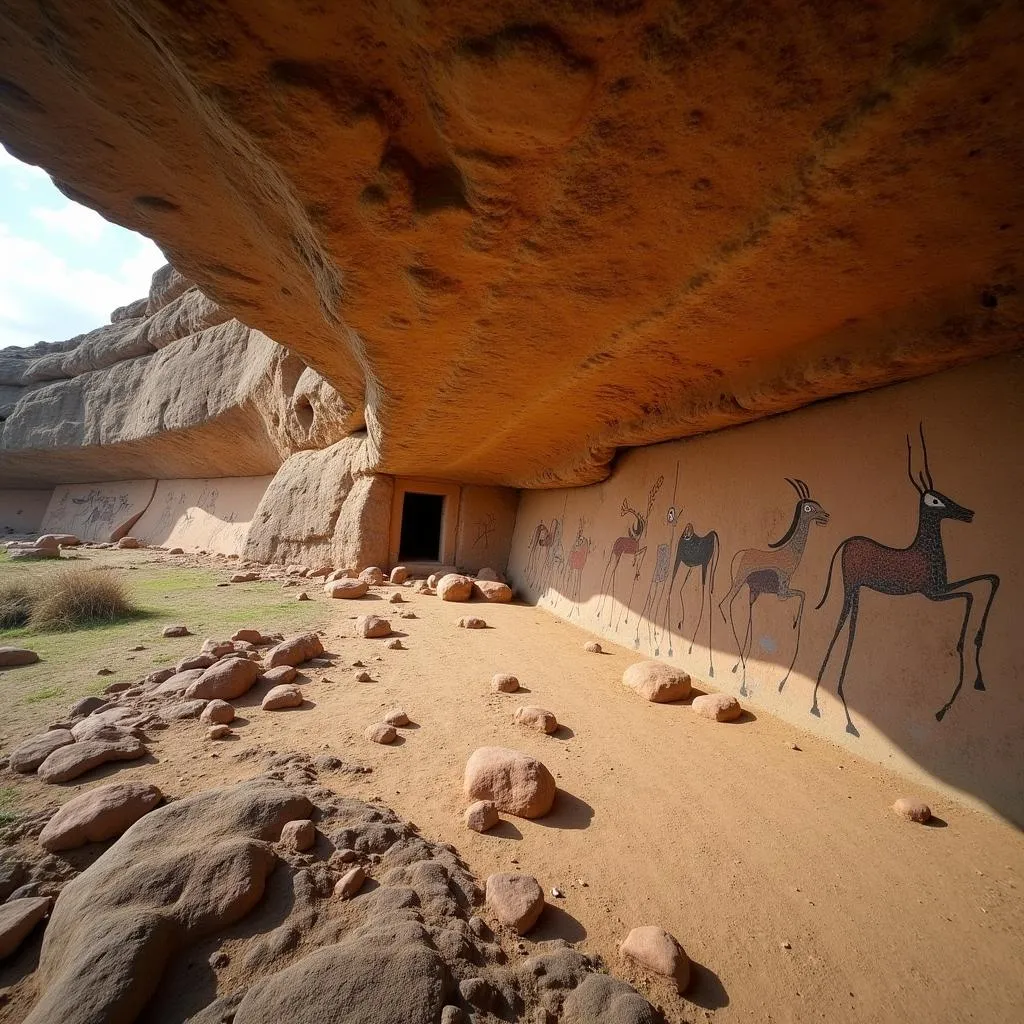 Ancient Rock Art in Southern Africa
Ancient Rock Art in Southern Africa
These early drawings provide a fascinating window into the lives and beliefs of ancient African societies. They showcase the importance of storytelling and visual communication within these communities, as well as their deep connection to nature and the spiritual realm.
Traditional Drawing Techniques and Materials
Traditional African drawing techniques vary across the continent, often influenced by available materials and cultural practices.
-
Charcoal and Clay: These materials were widely used, particularly in regions with abundant wood and clay resources. Artists would utilize charcoal sticks for creating outlines and detail, while clay was used for shading and textural effects.
-
Ochre and Other Pigments: Natural pigments extracted from minerals like ochre and other earth tones played a vital role in African drawing. These pigments were often mixed with animal fat or gum to create durable paints.
-
Sand and Ash: In certain regions, sand and ash were used as drawing materials. These materials were often mixed with water to create a paste-like consistency for drawing on surfaces like rocks or walls.
Themes and Motifs in African Drawing Images
African drawing images often feature recurring themes and motifs that reflect the diverse cultures and beliefs of the continent.
Human Figures and Portraits
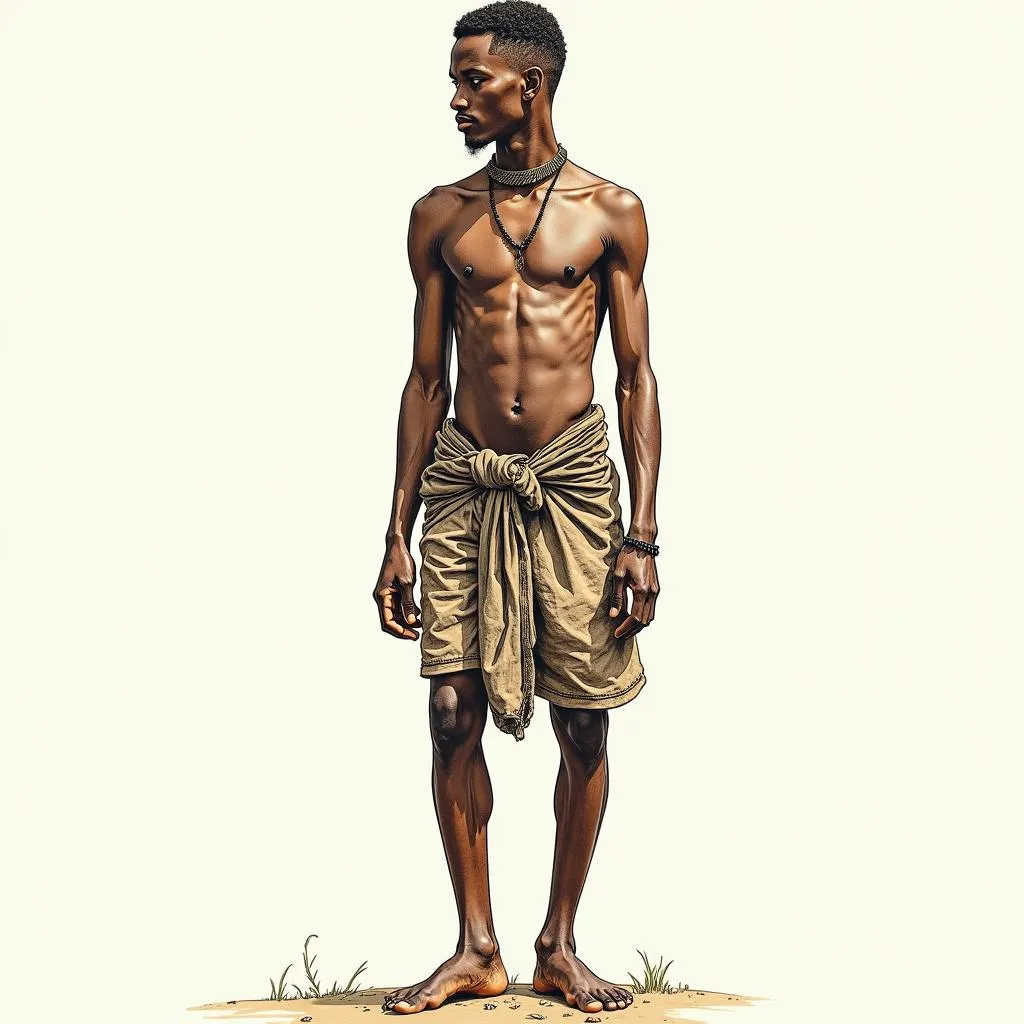 Traditional African Drawing: Human Figure
Traditional African Drawing: Human Figure
Human figures are frequently depicted in African drawing images, often as portraits or depictions of daily life. These drawings emphasize the importance of community, identity, and the human experience.
Animal Representations
Animals play a significant role in African culture and mythology, and they are often featured prominently in drawing images. Animals can symbolize power, strength, wisdom, or spiritual entities.
Geometric Patterns and Designs
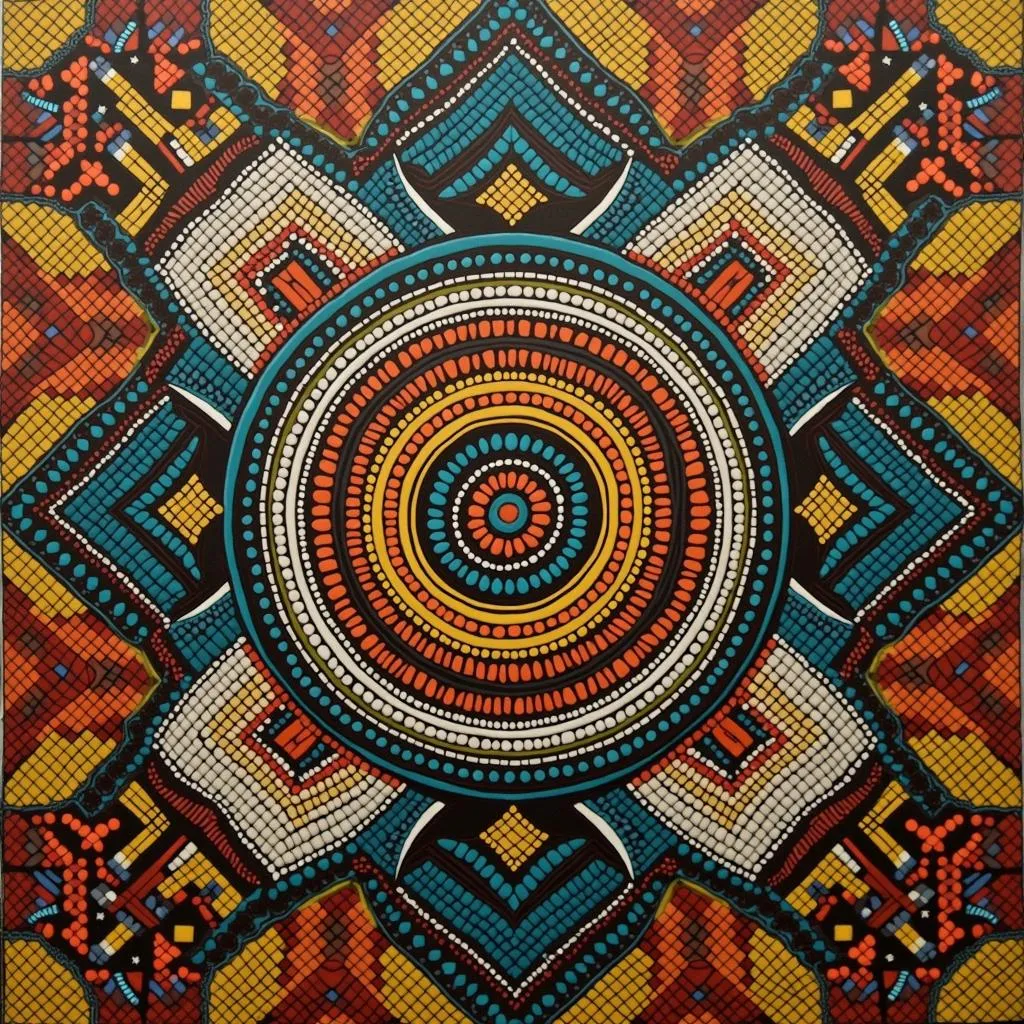 African Drawing: Geometric Patterns and Designs
African Drawing: Geometric Patterns and Designs
Geometric patterns and designs are integral to many African drawing traditions. These patterns can be found in everything from textiles to pottery, and they often represent specific meanings or cultural symbols.
African Drawing in Contemporary Art
While traditional drawing techniques and themes continue to inspire contemporary artists, African drawing images are also evolving to reflect the changing landscapes and experiences of the continent.
Modern Interpretations of Traditional Styles
Contemporary artists often use modern materials and techniques to reinterpret traditional African drawing styles.
“African drawing is a vibrant expression of creativity,” says renowned artist Aisha Mboya, “It allows me to explore my heritage and connect with the stories and traditions of my ancestors.”
Urban Themes and Social Commentary
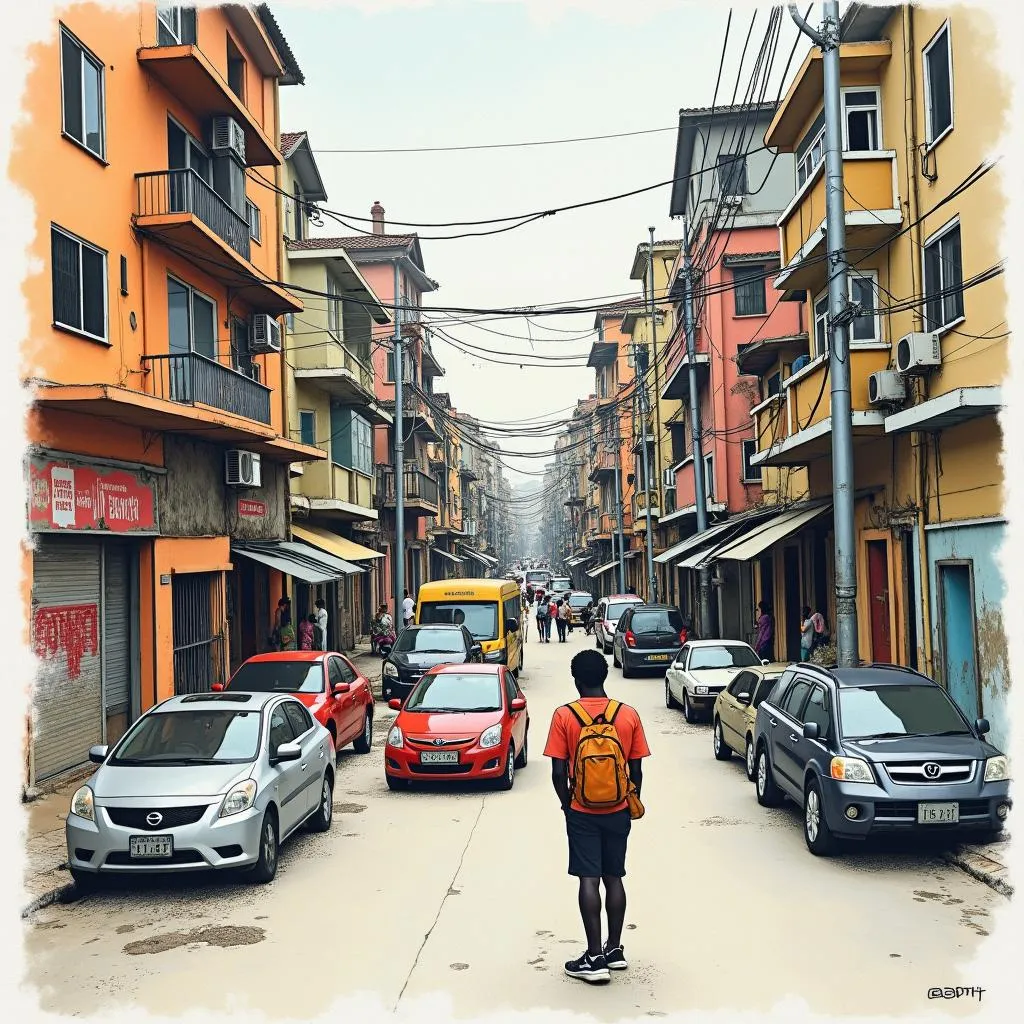 Contemporary African Drawing: Urban Themes
Contemporary African Drawing: Urban Themes
Some contemporary African artists use drawing to address social issues, urban life, and the complexities of modern society. They often incorporate graphic elements, bold colors, and innovative techniques to convey powerful messages.
The Importance of African Drawing Images
African drawing images hold significant cultural, historical, and artistic value. They offer a rich tapestry of stories, beliefs, and artistic expressions that have shaped the continent’s visual culture for centuries.
Mboya further explains, “Beyond aesthetic beauty, African drawing images offer a profound insight into the values, beliefs, and aspirations of our communities. They are a powerful tool for preserving our heritage and connecting with future generations.”
Conclusion
African drawing images are a testament to the creativity and artistry of the continent’s people. From ancient rock art to contemporary expressions, these drawings continue to captivate and inspire audiences worldwide. As we explore the diverse world of African drawing, we gain a deeper appreciation for the rich cultural heritage and artistic brilliance that define the continent.
FAQ
Q: Where can I find examples of African drawing images?
A: You can find examples of African drawing images in museums, galleries, and online collections. Many museums have dedicated sections showcasing African art, while online platforms like Google Arts & Culture offer vast collections of African drawings and paintings.
Q: What are some of the most famous African drawing artists?
A: Some of the most famous African drawing artists include:
- William Kentridge: Known for his charcoal drawings and animated films that explore themes of social justice and political unrest.
- El Anatsui: Renowned for his sculptures made from discarded materials like bottle caps, creating intricate patterns that reference African textiles and designs.
- Kara Walker: American artist who explores themes of race and slavery through her silhouette drawings and installations.
Q: How can I learn more about African drawing?
A: There are many resources available for learning more about African drawing. You can explore books, documentaries, and online resources. Consider visiting museums and galleries that specialize in African art or attending workshops and lectures led by African artists.
Q: Can I purchase African drawing images?
A: Yes, you can purchase African drawing images from online art marketplaces, galleries, and auction houses. Many artists also sell their works directly through their websites or social media platforms.
Q: What is the best way to display African drawing images?
A: African drawing images can be displayed in a variety of ways, depending on the size and style of the artwork. They can be framed and hung on walls, incorporated into home decor, or showcased in digital art galleries. The key is to choose a display method that complements the artwork and enhances its visual appeal.
